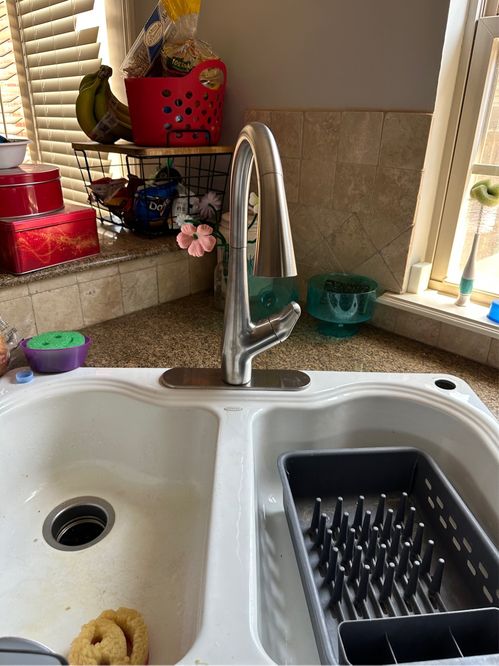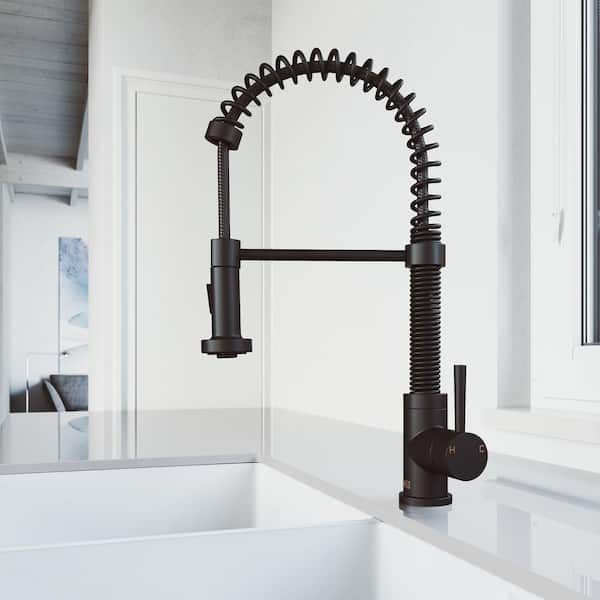Step 1: Gather Your Tools and Materials
Make sure you have everything you need before you begin.
You will need:
Step 2: Shut Off the Water Supply
Before you start working on your faucet, you’ll need to shut off the water supply. Look for the shut-off valves under your sink and turn them clockwise to shut off the water. If you can’t find the shut-off valves, you may need to turn off the main water supply to your house.
Step 3: Remove the Handle
Using a screwdriver, remove the screw that holds the handle in place. Once the screw is removed, you should be able to lift the handle off the faucet. If the handle is stuck, you may need to use a penetrating oil to loosen it.
Step 4: Inspect the Cartridge or O-Ring
Once the handle is removed, you should see the cartridge or O-ring. These are the most common causes of a leaky kitchen faucet. Inspect them for any signs of damage or wear and tear. If they are damaged, you will need to replace them.
Step 5: Replace the Cartridge or O-Ring
If the cartridge or O-ring is damaged, you will need to replace it. You can find replacement parts at your local hardware store or online. Follow the instructions for replacing the cartridge or O-ring.
Before installing the new parts, make sure to wrap them with plumber’s tape to create a watertight seal.
Step 6: Reassemble the Faucet
Once the new parts are installed, reassemble the faucet in the reverse order that you took it apart. Make sure to tighten all screws and connections securely.
Once everything is back in place, turn the water supply back on and test your faucet. If the leak persists, you may need to call a professional plumber for further assistance.



